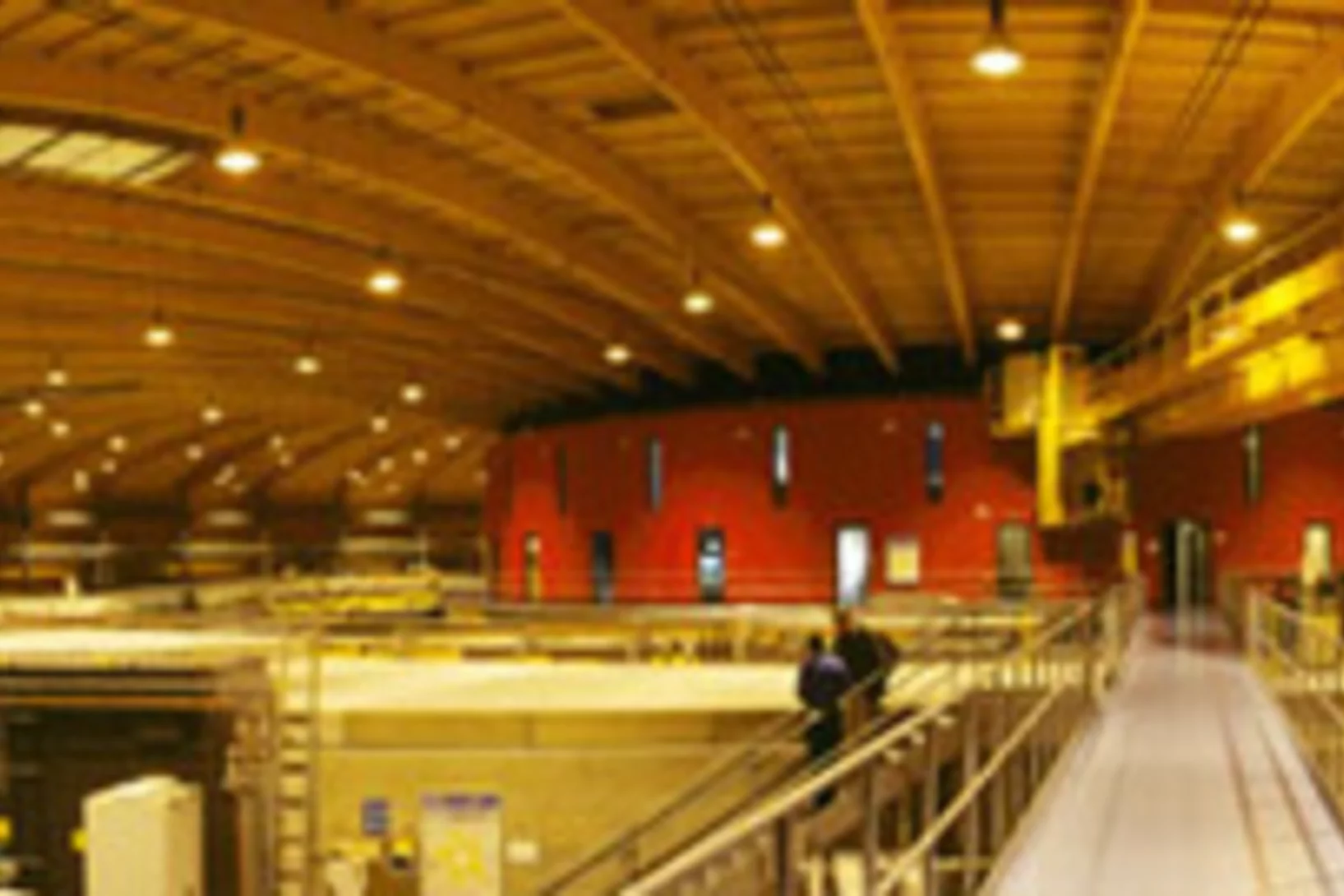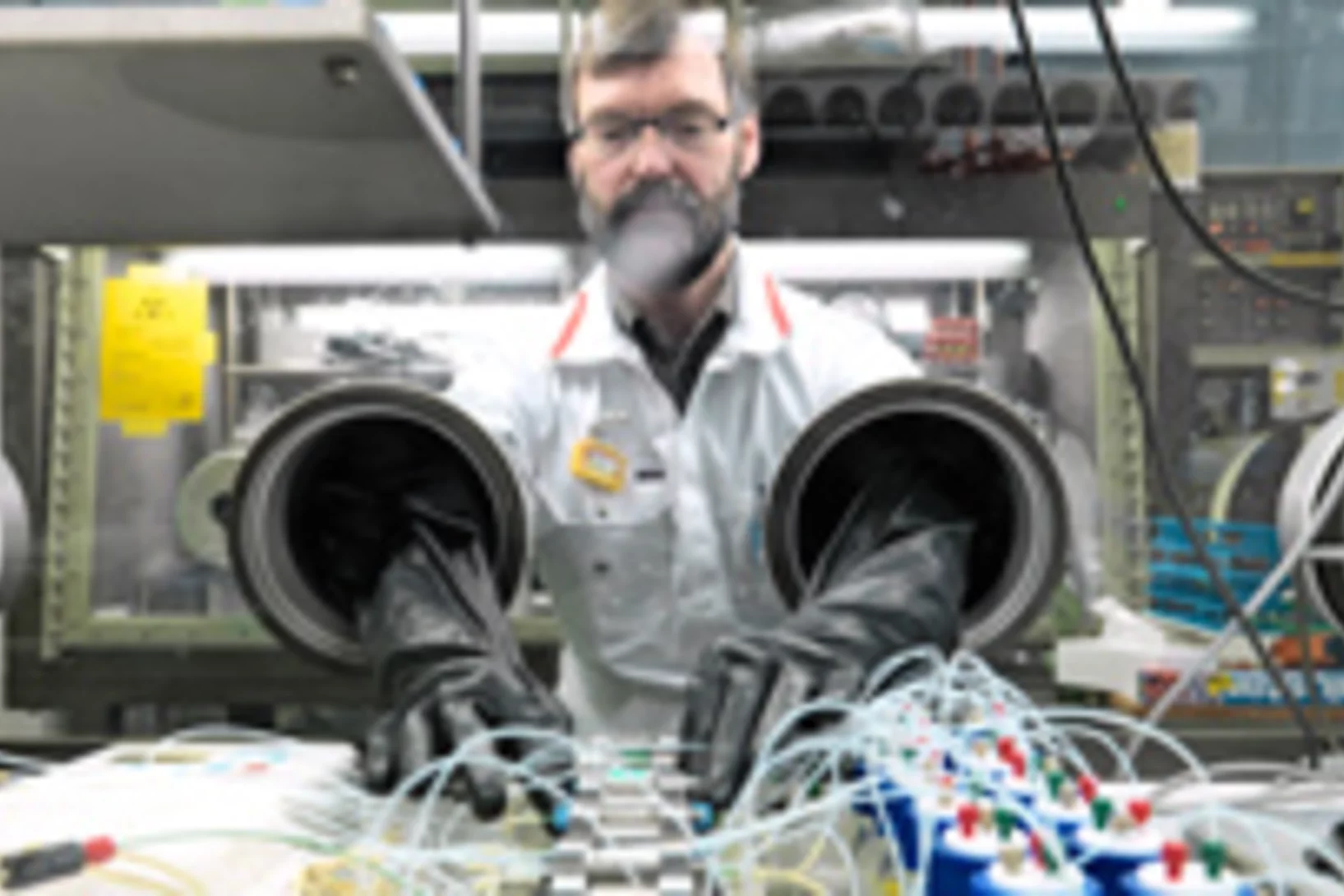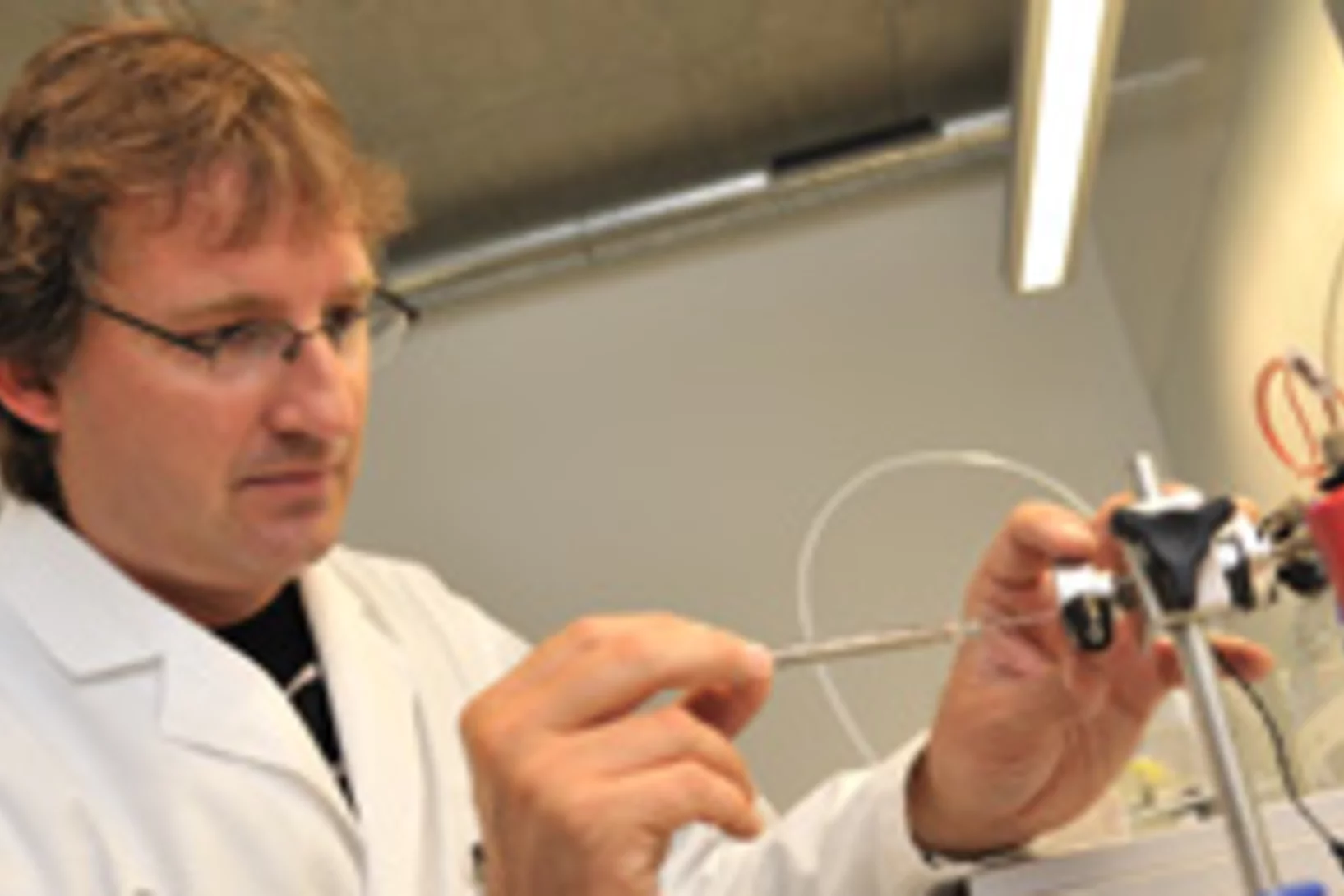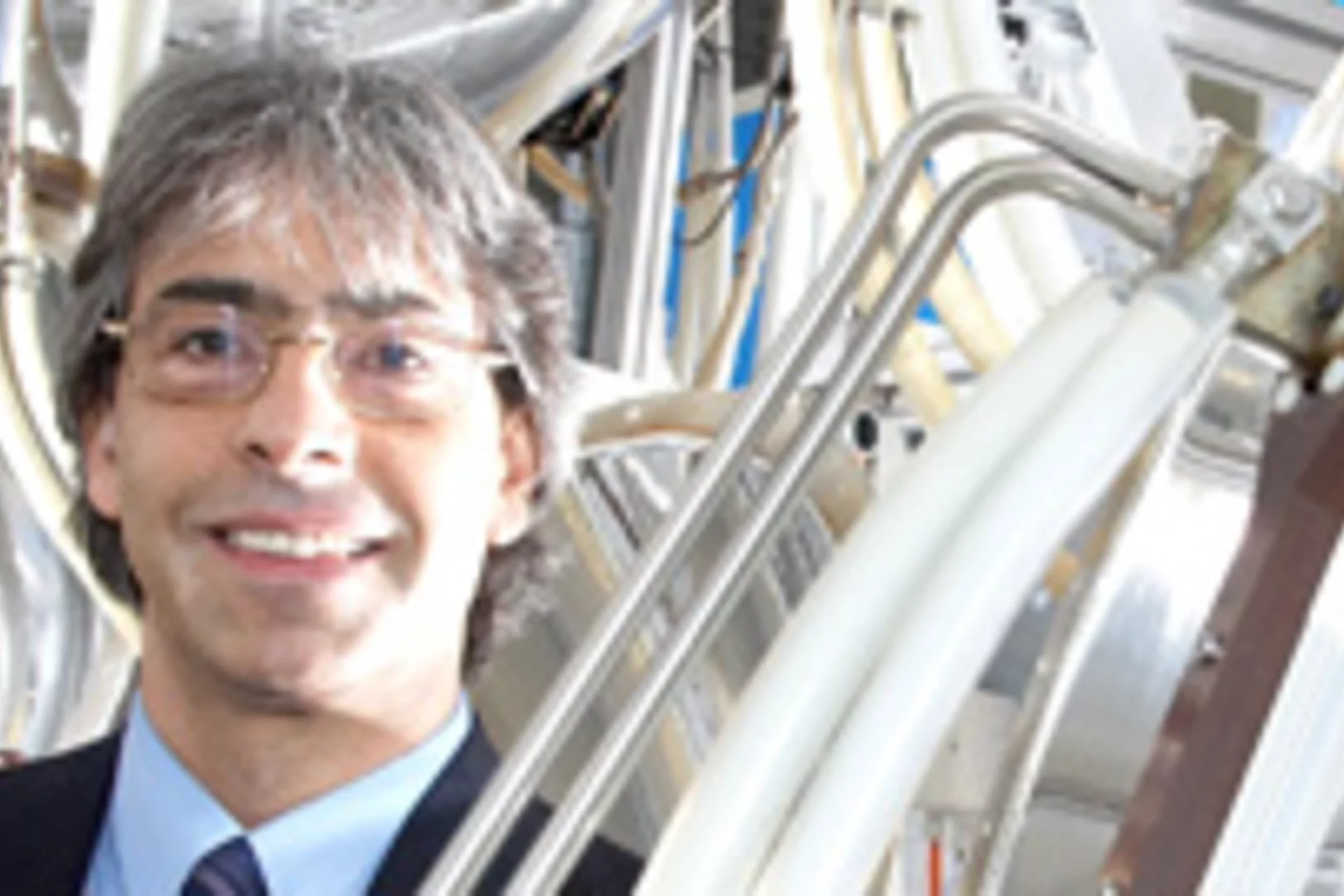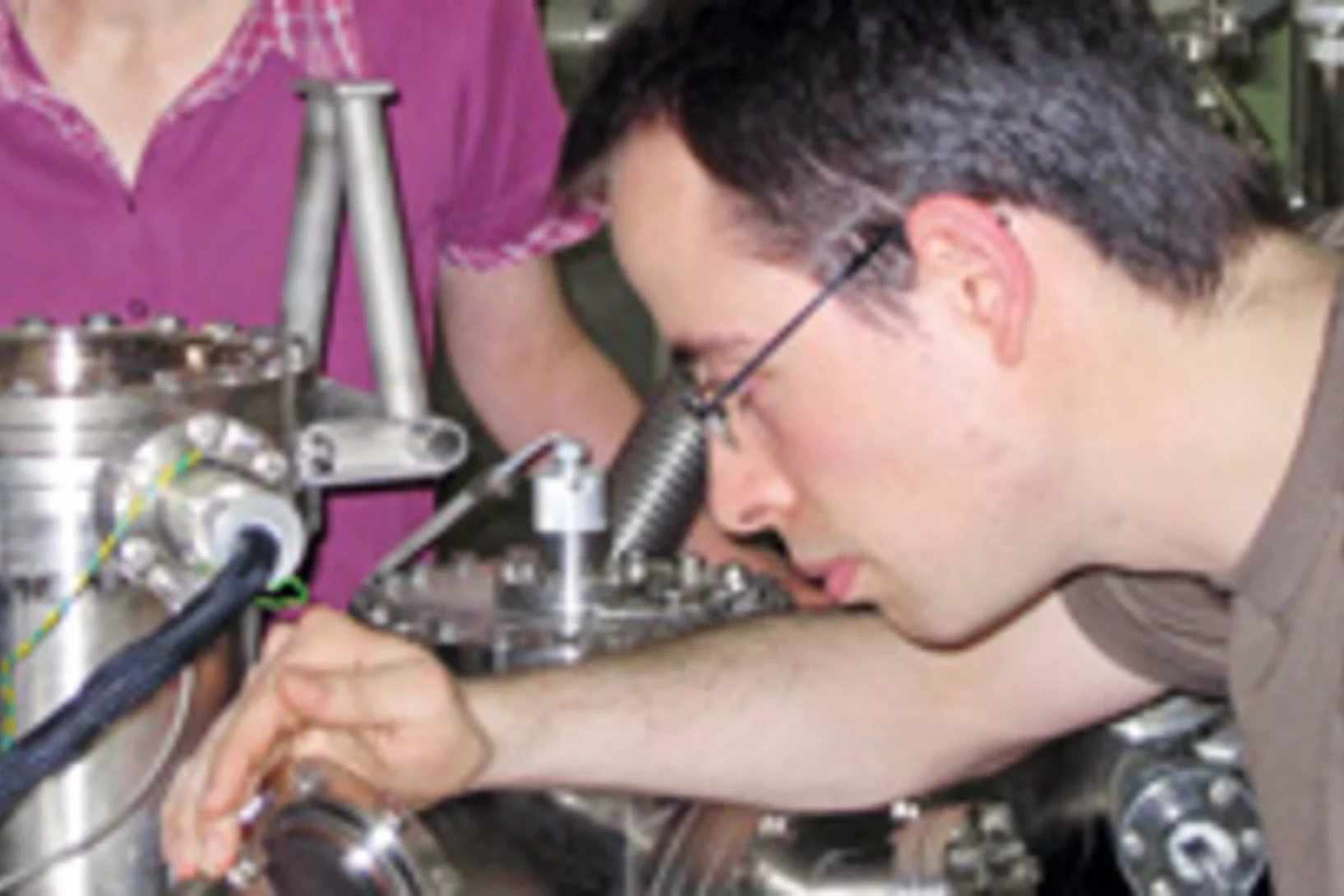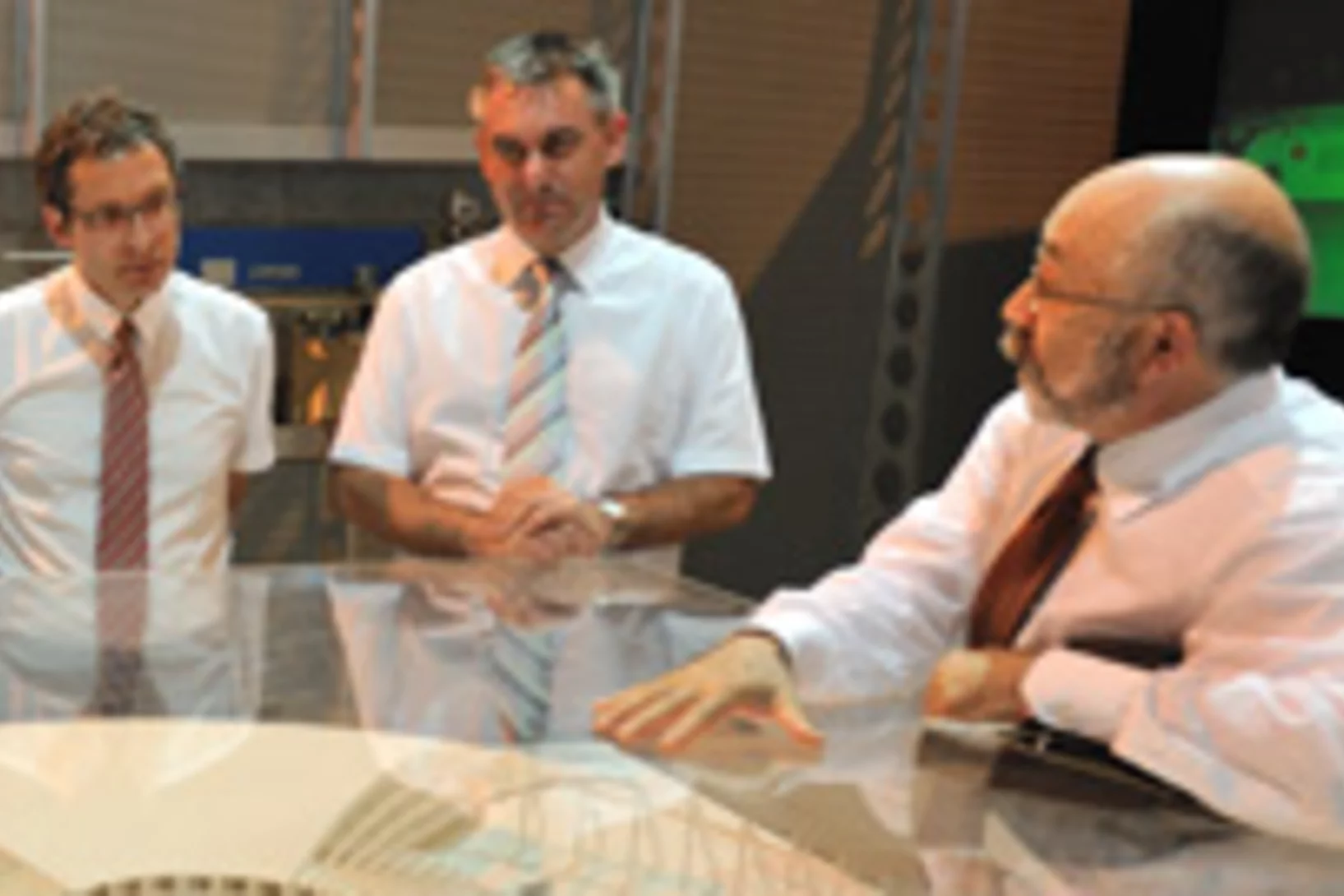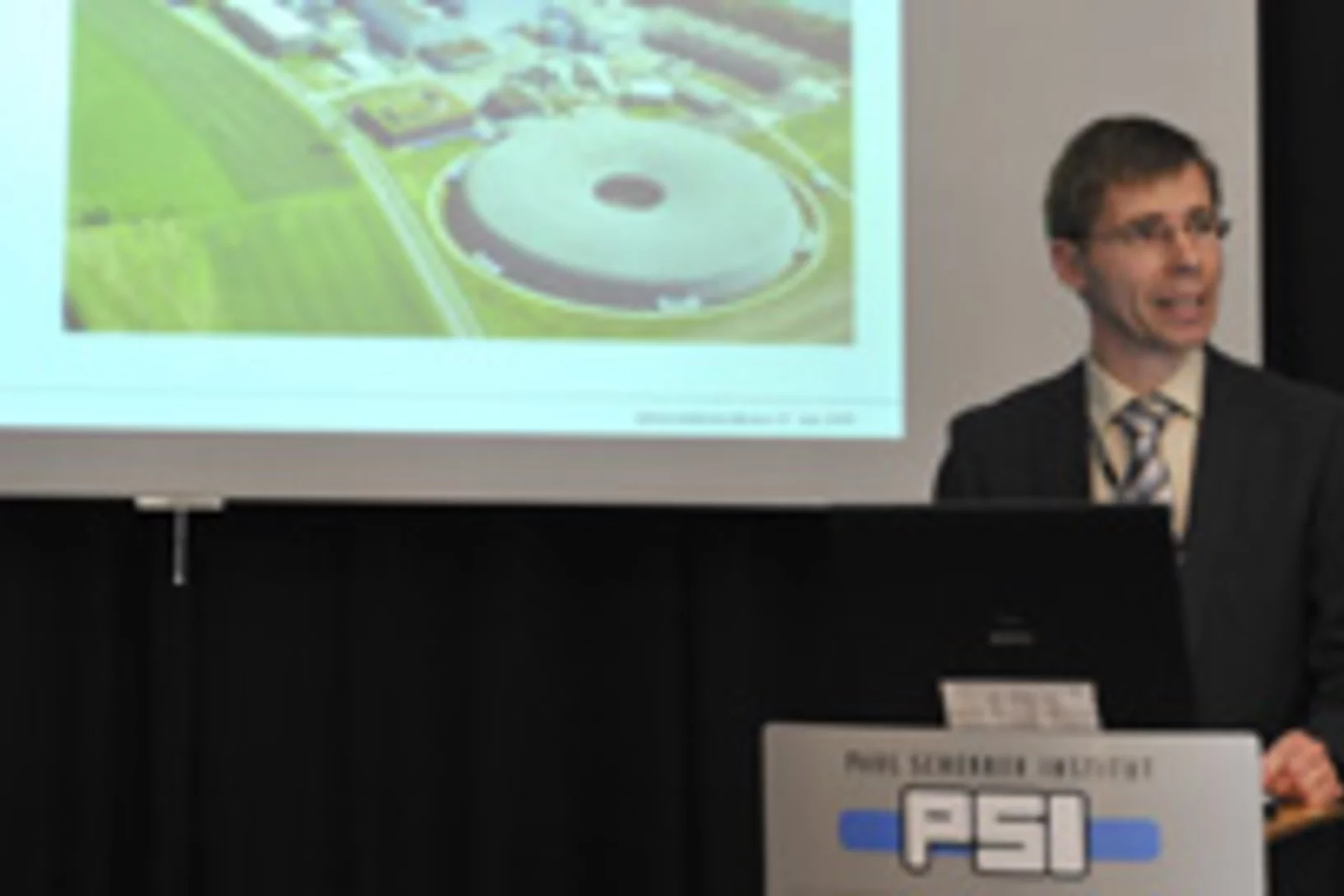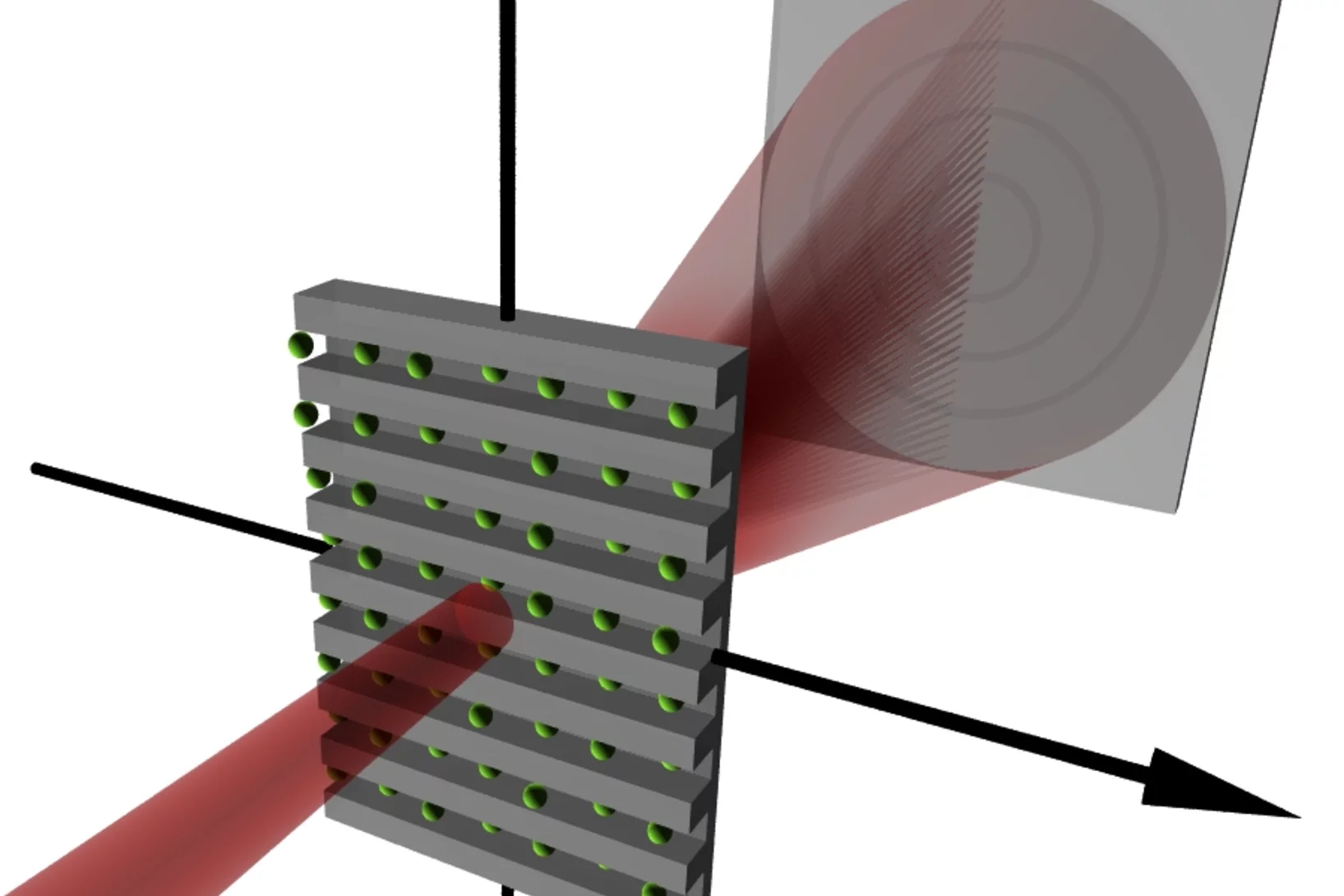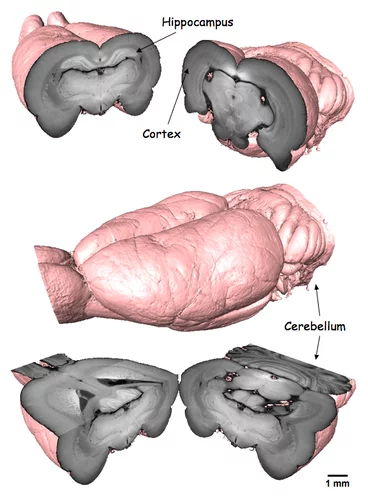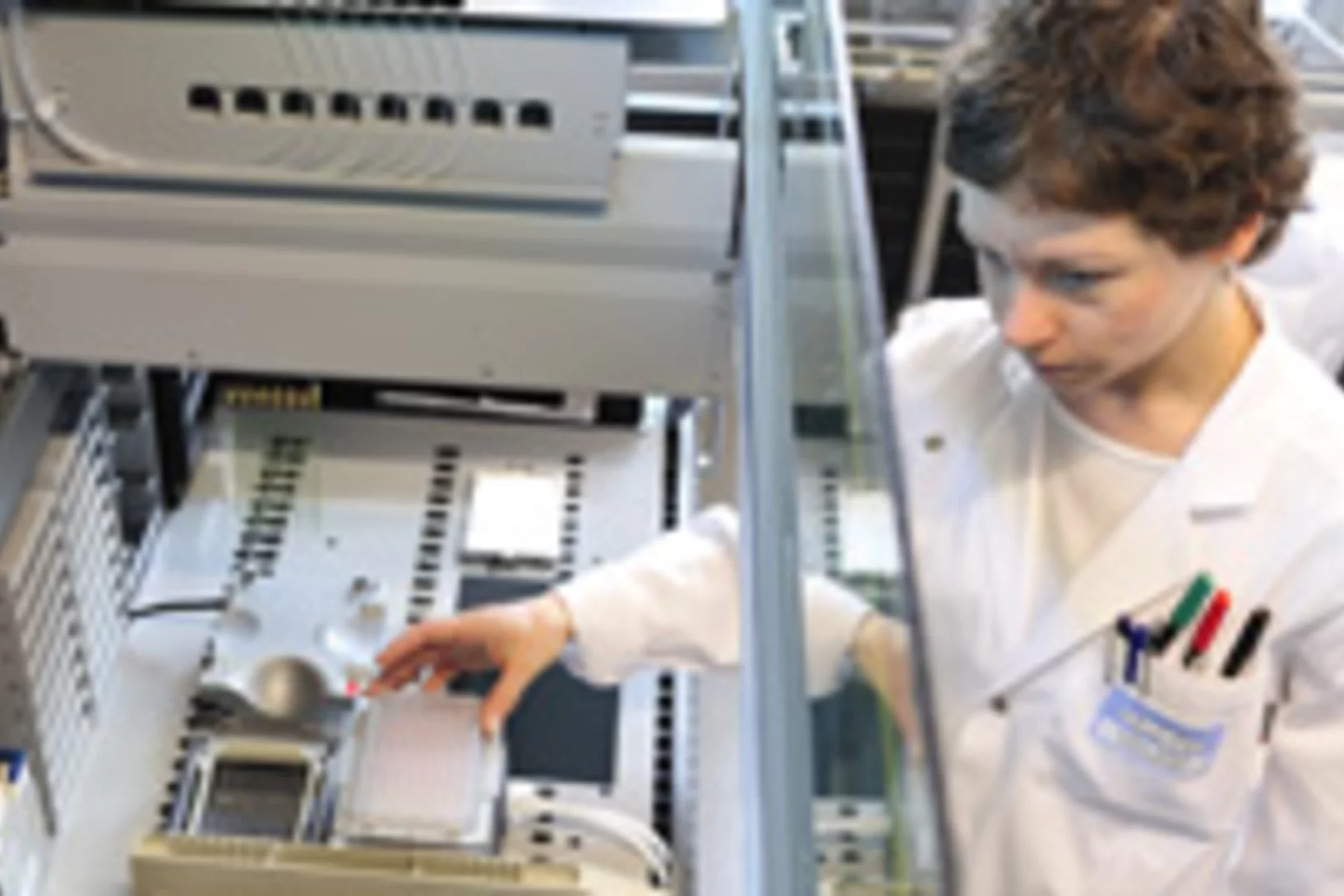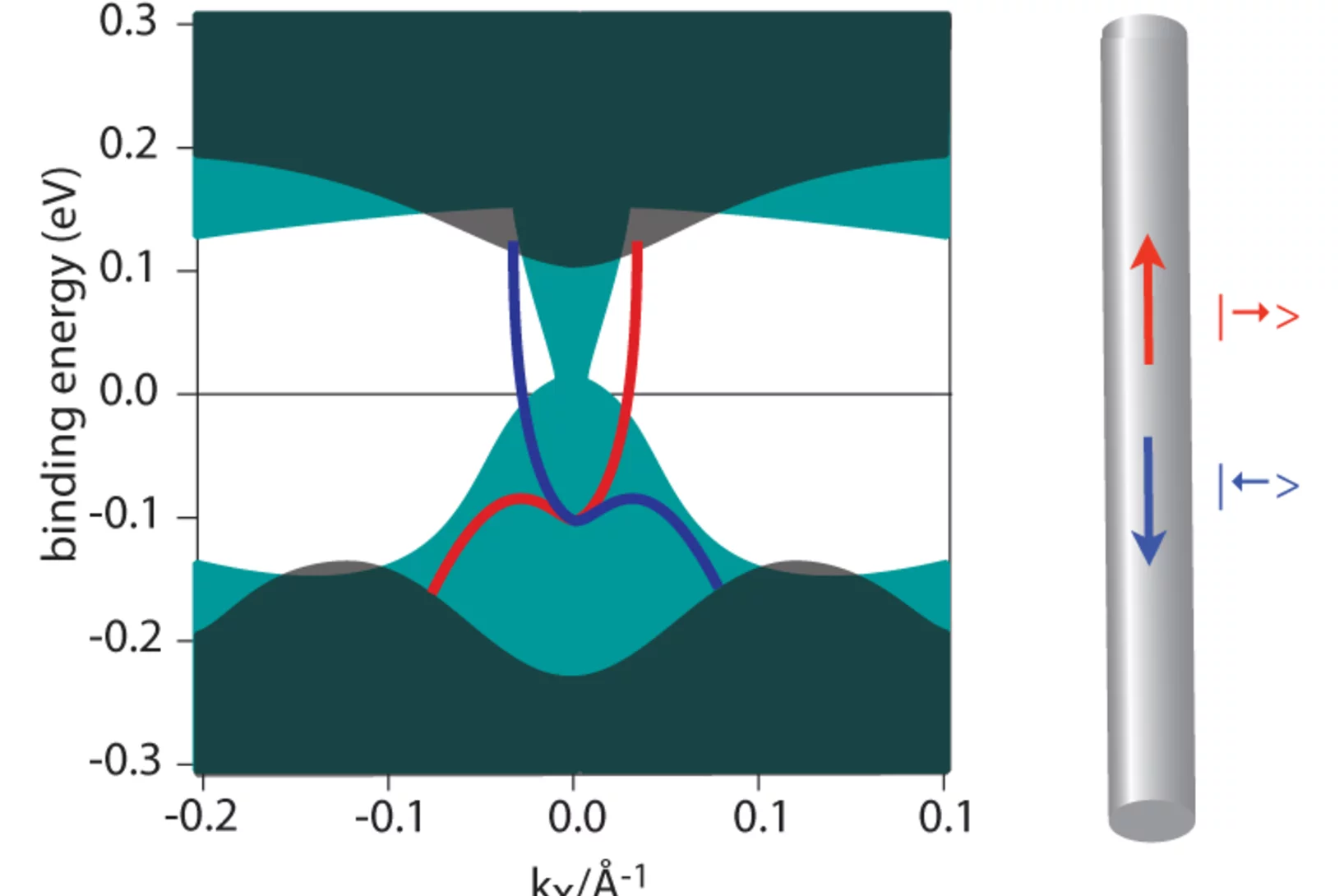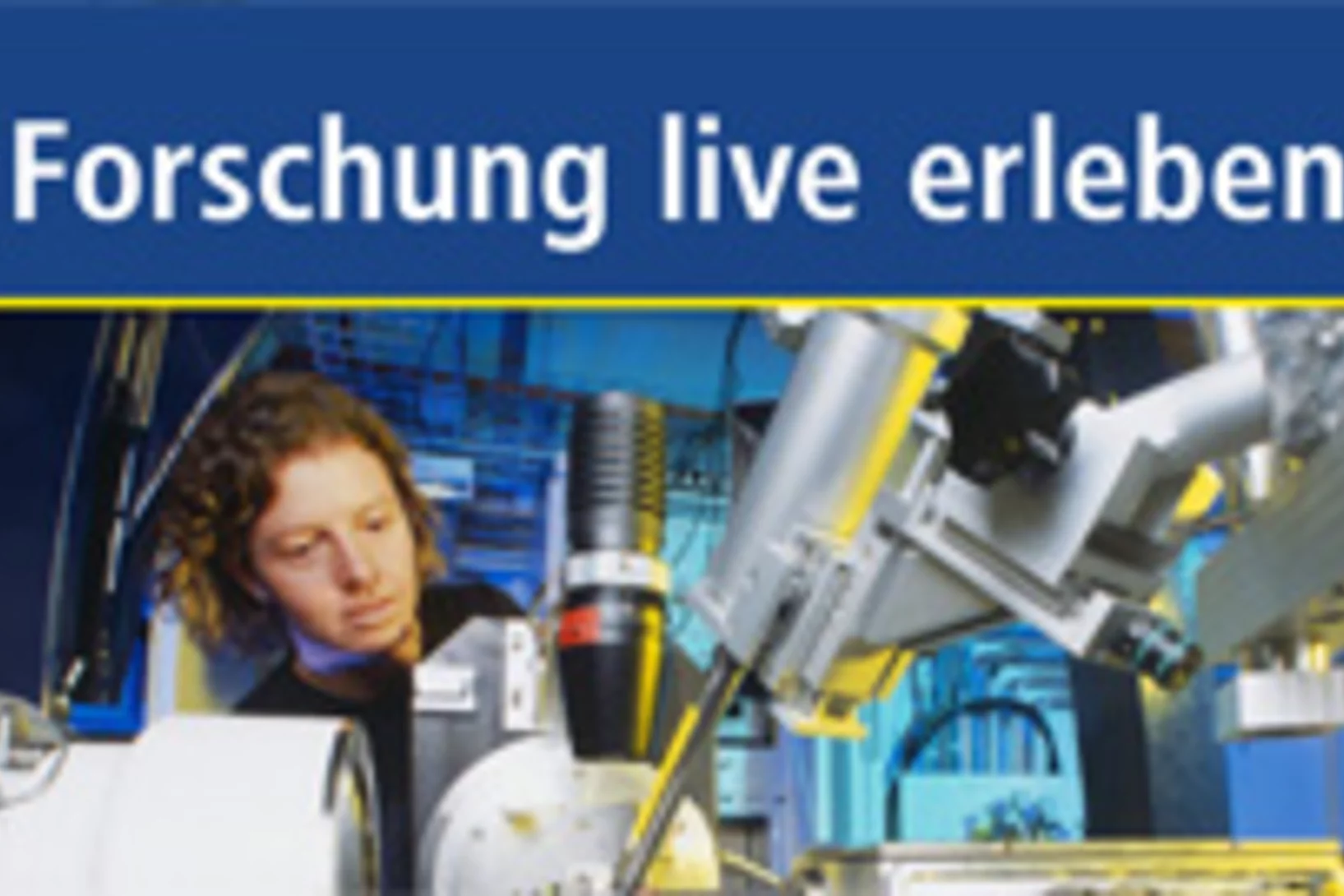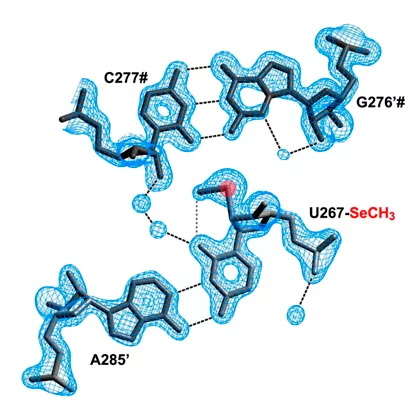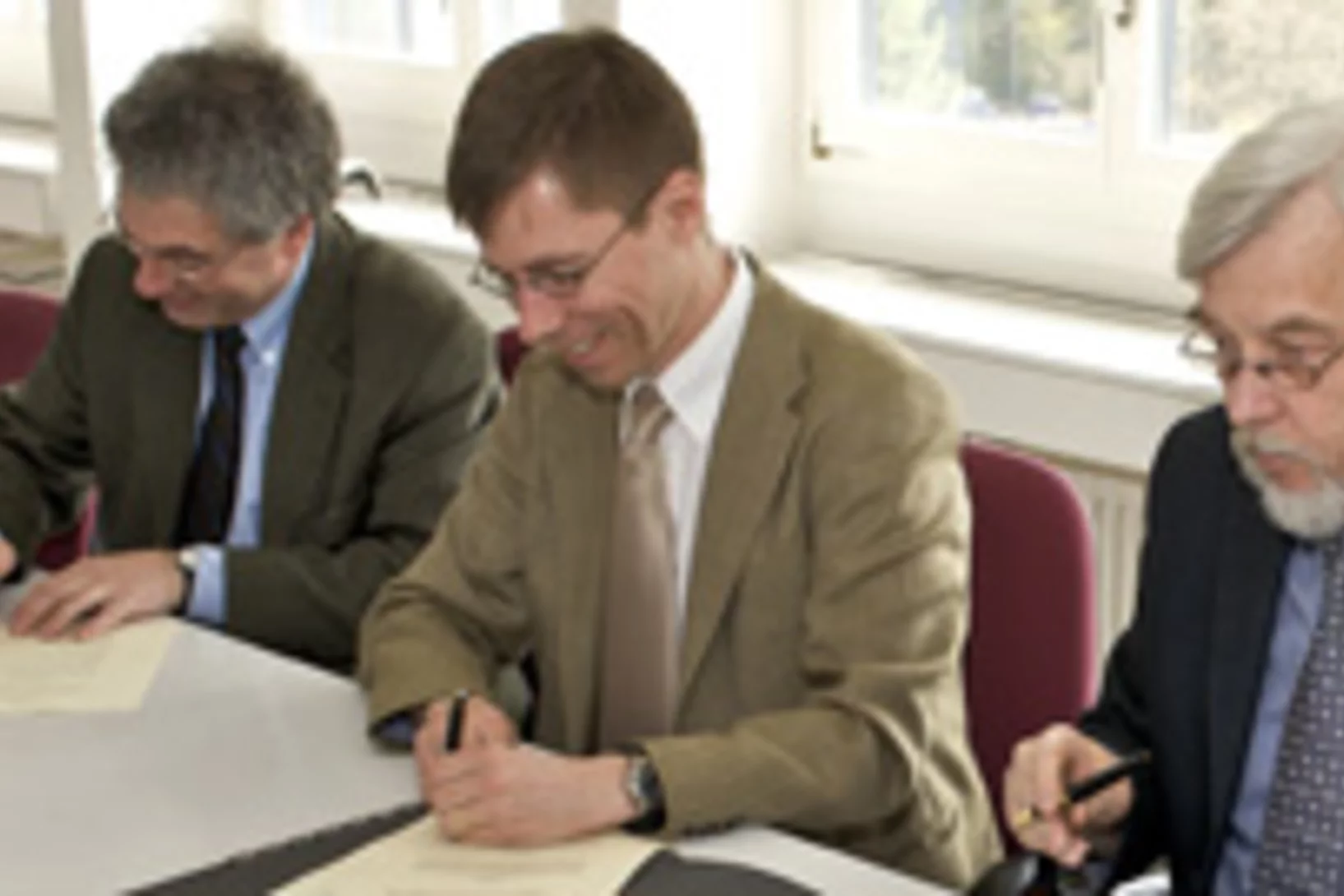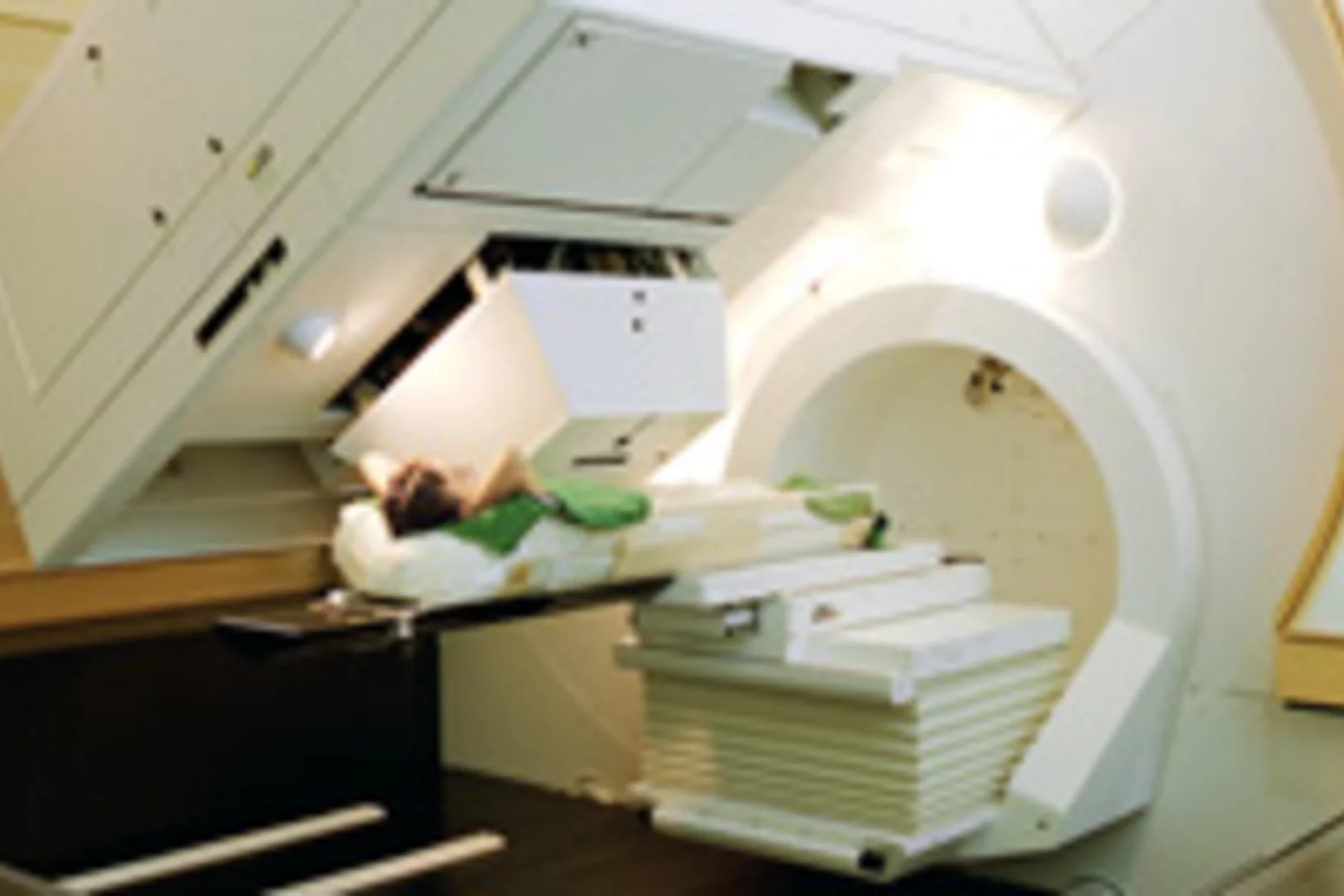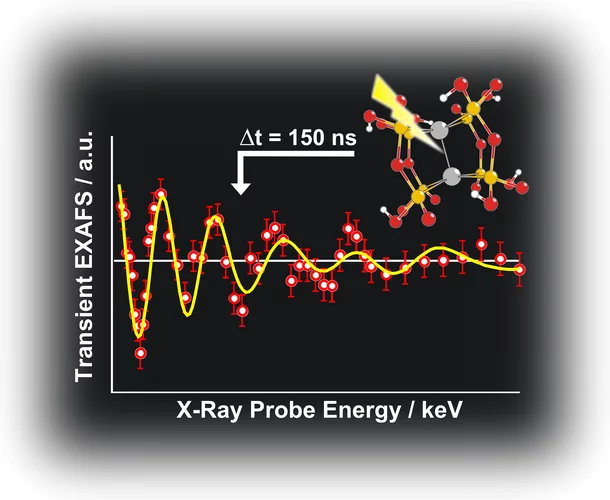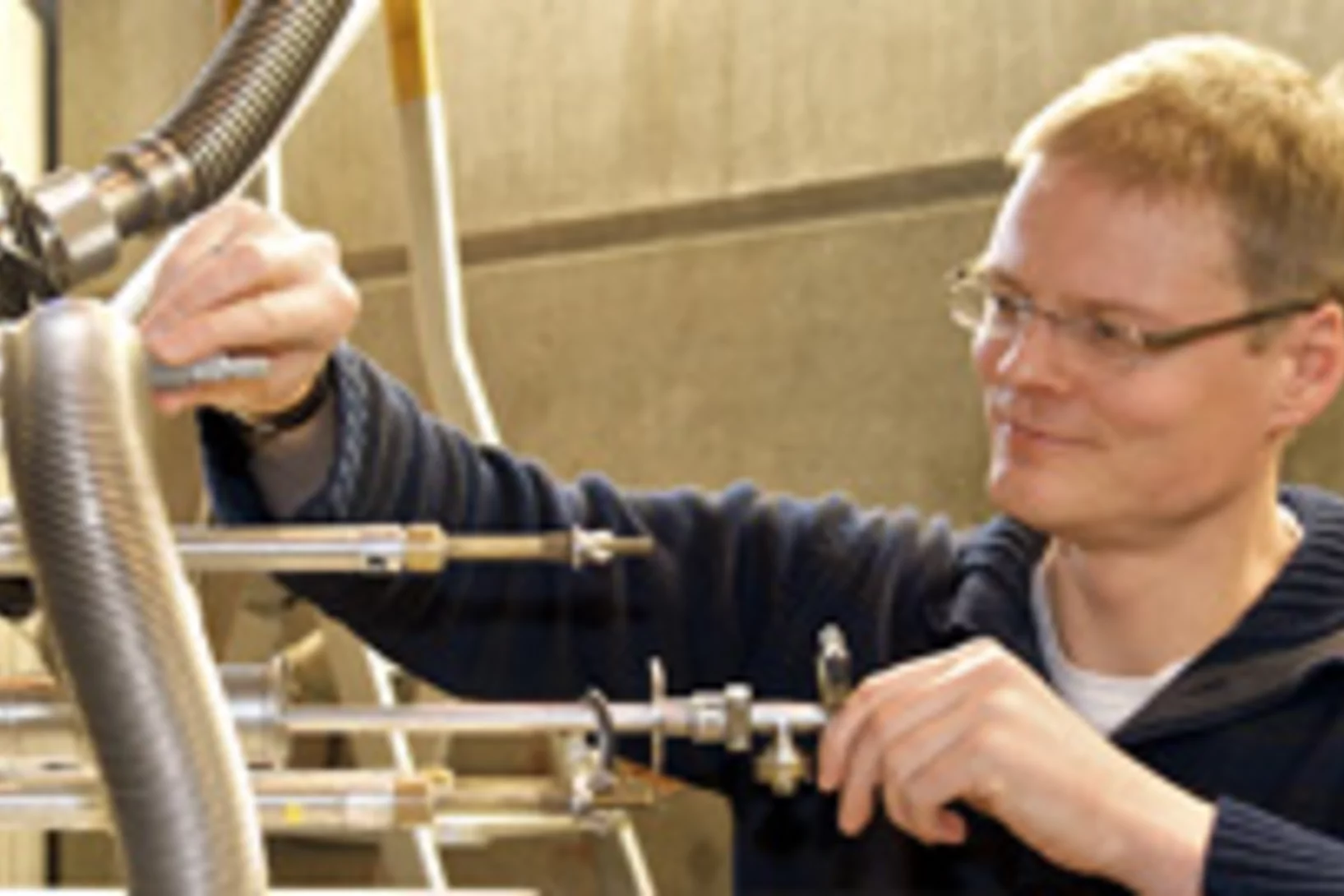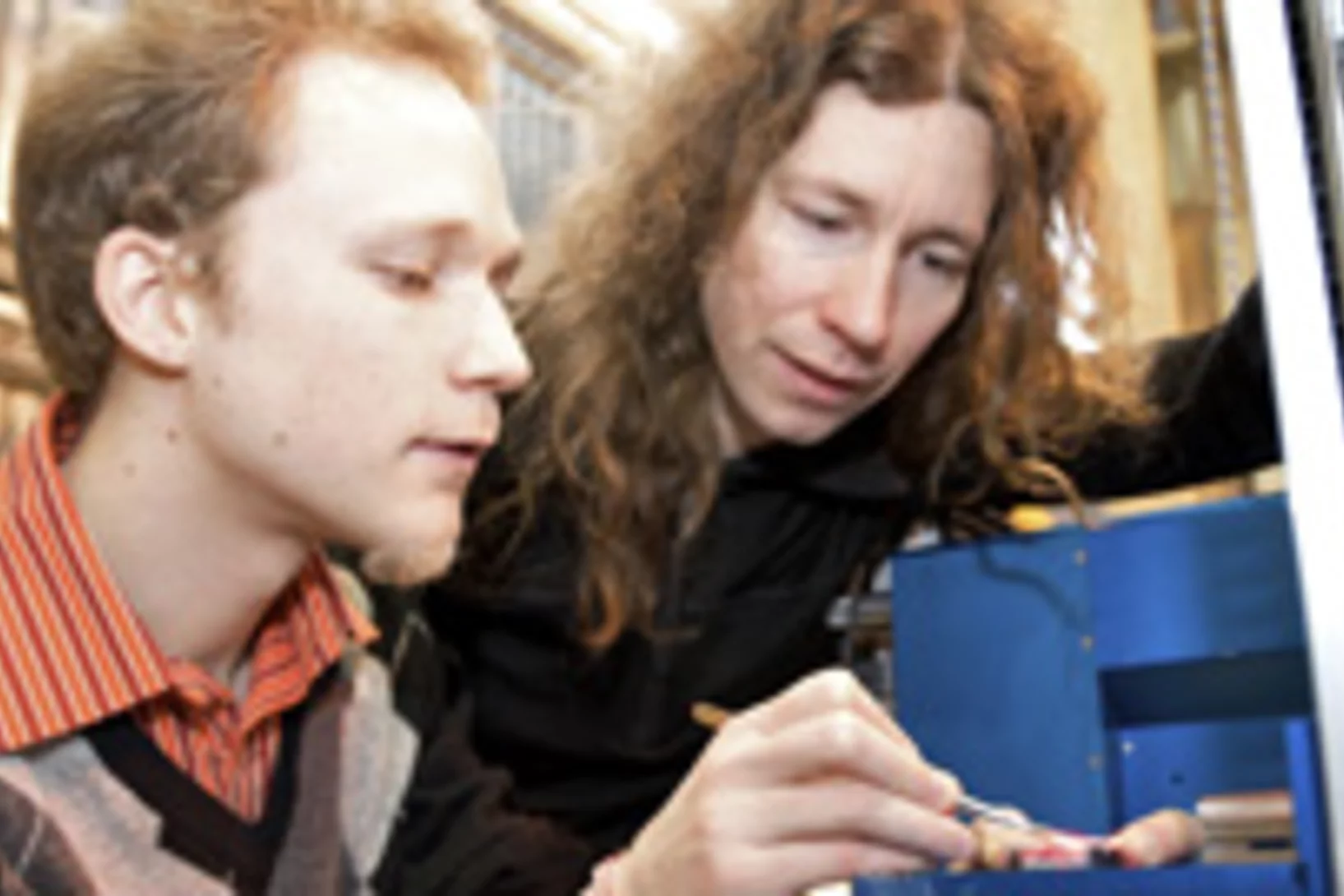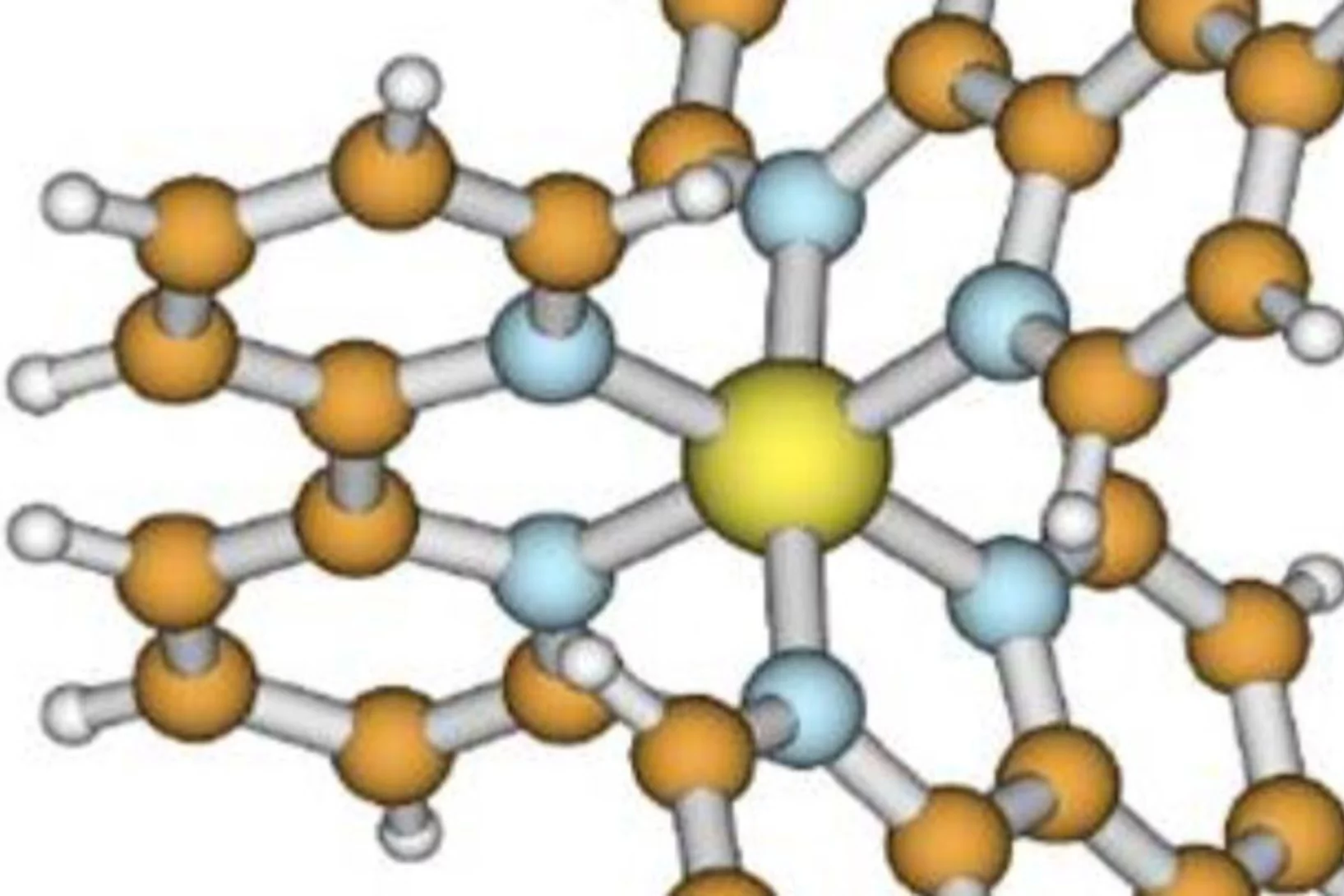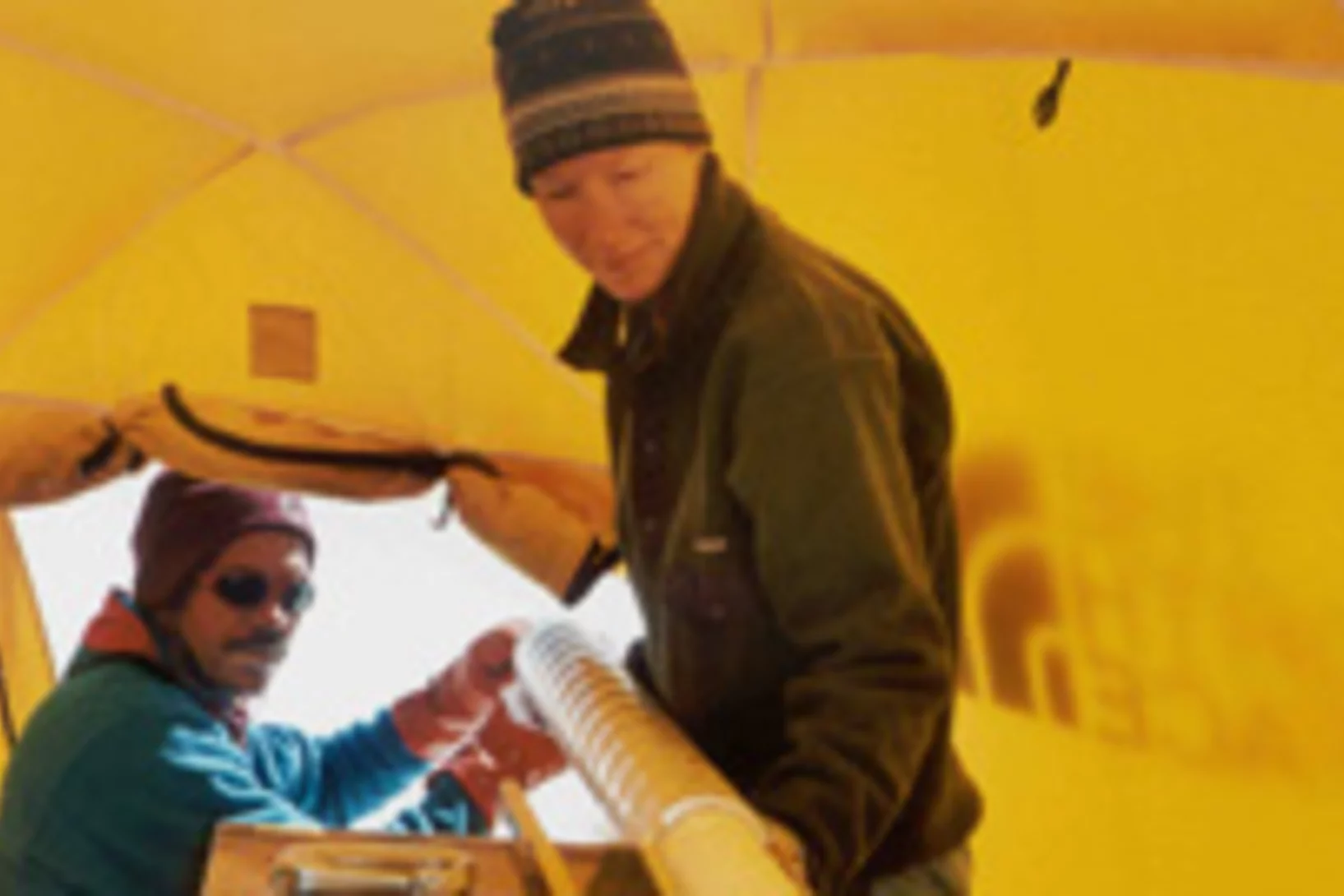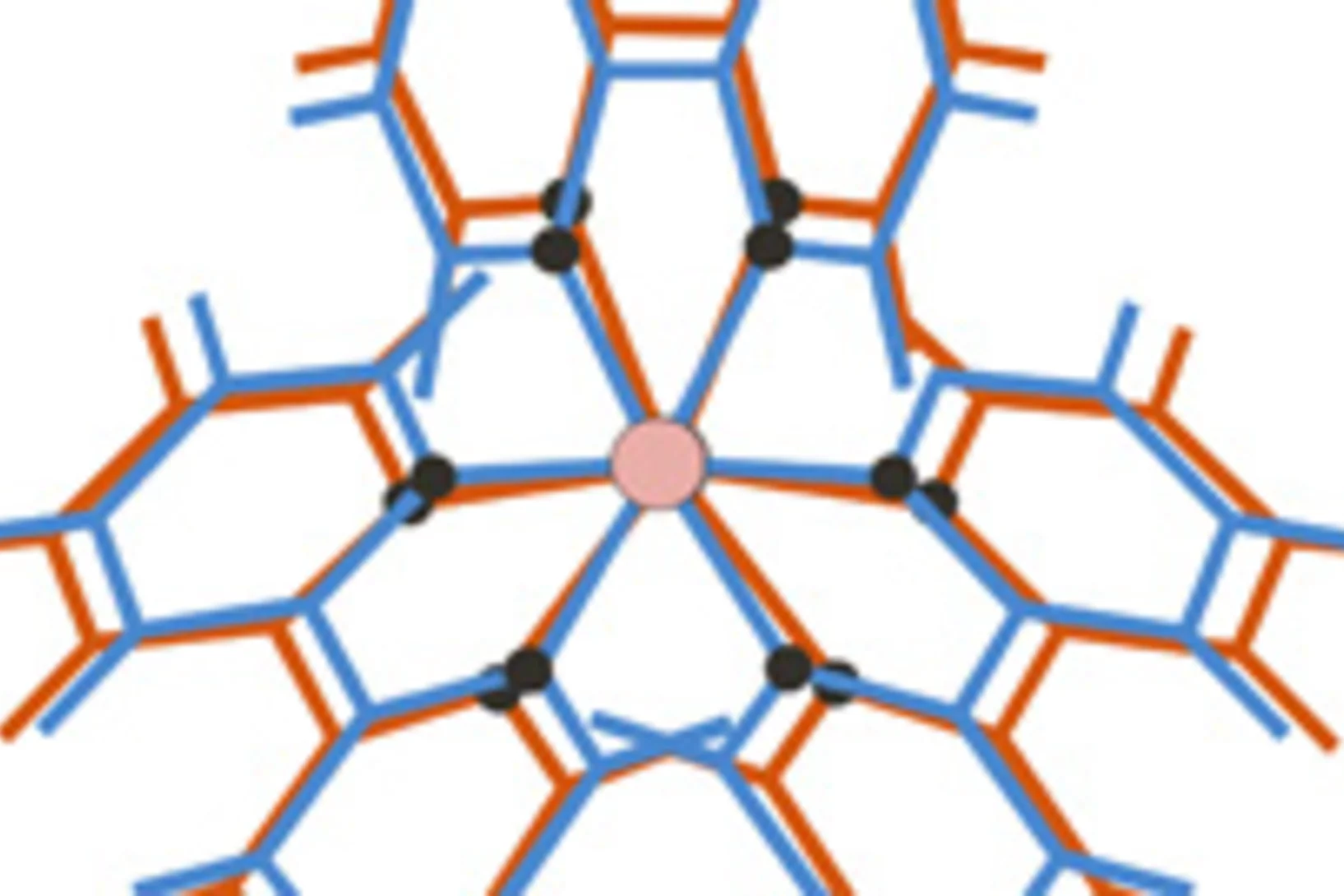Researchers at the Paul Scherrer Institute PSI are looking for answers to essential questions concerning the underlying structures of matter and the fundamental principles of nature. They study the composition and properties of elementary particles – the smallest building blocks of matter – or investigate the structure of biological molecules and how they perform their function. The knowledge gathered in this way opens up new approaches to finding solutions in science, medicine and technology.
Find out more at Overview Fundamentals of Nature
Winner of Nobel Prize in Chemistry is long-term user of Swiss Light Source at the Paul Scherrer Institute
The Paul Scherrer Institute congratulates Professor Venkatraman Ramakrishnan on the Nobel Prize in Chemistry. Ramakrishnan is a long-term user of the Swiss Light Source SLS at the Paul Scherrer Institut in Switzerland. He used this facility for his prize winning studies on the structure of the ribosome.
Safe repositories for radioactive waste - a study of specifically Swiss conditions
Radioactive waste from nuclear power plants, as well as from medical applications, industry and research, has to be isolated from the environment, particularly the habitat of humans, for a very long time. Specialists at PSI have been concerned with the safety issues surrounding safety certification for geological repositories for many years. Research at PSI focusses primarily on the physico-chemical processes inside such storage systems. The aim is to create a realistic description of the risks associated with storage of radioactive waste.
Structures and impacts of national and international energy systems – national climatic targets for Switzerland
The Paul Scherrer Institut analyses the structures and impacts of national and international energy systems. In 2007, for example, a study was carried out in which PSI makes recommendations as to what the national climatic targets of Switzerland could be. The study also highlighted the facts on which the Swiss energy system is based and indicated which targets can be achieved and how. Protection of the climate is, after all, one of the most important areas of national energy policy for the coming years, and the emission of CO2 in Switzerland should be at least halved by the year 2050. Better energy efficiency is an important factor towards this goal – but not the only one.
Frozen memory of the climate
Information about the climate and atmospheric composition in previous centuries can be stored in glacier ice. PSI-researchers undertake regular expeditions to various areas within these regions to remove ice cores. These ice cores are effectively solid columns of ice that have been drilled out from a glacier. Once in the laboratory, the cores are thawed out and their composition is analysed, layer by layer. The results provide fascinating insights into a range of aspects of the previous climate.
Ticket für die Reise durch die Zelle
Publikation in Cell. Forscher entdecken Mechanismus für wesentliche Erkennungsvorgänge in lebenden Zellen. Über ihre Ergebnisse berichten die Forscher in der neuesten Ausgabe der Fachzeitschrift Cell.This news release is only available in German.
Treibstoff aus Sonnenenergie
Solar researcher Aldo Steinfeld, Laboratory Head at PSI and Professor at ETH Zurich, wins the Yellot Award awarded by the American Society of Mechanical Engineers (ASME) for his research on renewable energy.This news release is only available in German.
Controlling the electronic surface properties of a material
Forschenden ist es erstmals gelungen, dünne Schichten mit steuerbaren elektronischen Eigenschaften herzustellen. Diese Entdeckung könnte für zukünftige Anwendungen in der Sensorik und der Computertechnologie von grosser Bedeutung sein. Die Arbeiten wurden im Wissenschaftsmagazin Science veröffentlicht.This news release is only available in German.
Watching atoms move
A complete characterization of the unit cell dynamics of a laser-excited tellurium crystal is demonstrated using femtosecond x-ray diffraction. The analysis offers a quantitative measure of the unit cell dynamics without making any assumptions on the symmetry of the excited-state motion.
Der Aargauer Regierungsrat auf Informationsbesuch am Paul Scherrer Institut (PSI) in Villigen AG
Auch in neuer Zusammensetzung ein Zeichen gesetzt. Der Aargauer Regierungsrat in corpore hat sich heute am PSI, dem grössten öffentlichen Forschungsinstitut der Schweiz, aus erster Hand über dessen zukünftige Forschungsschwerpunkte informieren lassen. PSI-Direktor Joël Mesot und sein Team führten die Gäste durch die einzigartigen Grossanlagen des Instituts und stellten unter anderem auch das neue Grossprojekt des PSI, den SwissFEL, vor.This news release is only available in German.
Innovative Ideen und kreatives strategisches Handeln
Das Paul Scherrer Institut präsentiert aktuelle Themen auf seiner Jahresmedienkonferenz. Das Paul Scherrer Institut PSI ist für seine Spitzenforschung bekannt. Wie diese Spitzenposition zustande kommt und wie man sie langfristig sichern kann, erfuhren Medienvertreter bei der Jahresmedienkonferenz am 23. Juni. Aber nicht nur die eigentliche Forschung erfordert innovative Ideen: auch kreatives strategisches Handeln ist wichtig, so dass beispielsweise stets genug begabte junge Forscher den Weg ans PSI finden. Dafür sollen insbesondere Kooperationen mit Hochschulen sorgen, von denen die gemeinsame Professur gerade besonders aktiv vorangetrieben werde betonte Joël Mesot, der Direktor des Instituts.This news release is only available in German.
Confinement-Induced Orientational Alignment of Quasi-2D Fluids
Extreme confinement is known to induce ordering of the fluid, thereby affecting its properties.
Advanced phase contrast imaging using a grating interferometer
Conventional absorption based X-ray microtomography can become limited for objects showing only very weak attenuation contrast at high energies. However, a wide range of samples studied in biology and materials science can produce significant phase shifts of the X-ray beam and thus phase contrast X-ray imaging can provide substantially increased contrast sensitivity.
Komplexe in den Griff bekommen
Die meisten Vorgänge in lebenden Zellen werden von molekularen Maschinen aus vielen Proteinen ausgeführt. Wissenschaftler von PSI und EMBL haben ein automatisiertes Verfahren zur Herstellung von solchen Multiprotein-Komplexen für die Forschung entwickelt.This news release is only available in German.
Electrons with opposite spins move in opposite directions
In one dimension, there are only two ways to move: left or right. This leads to some peculiar properties for one-dimensional systems on the atomic scale.
Forschung live erleben
Krebsbehandlung mit Protonen – präzise und effizient. Das Paul Scherrer Institut PSI lädt zu einer Vortragsreihe zu spannenden Themen aus der Welt der Wissenschaft ein. Am Mittwoch, 3. Juni 2009, wird dem Publikum von 19 bis 21 Uhr in einem spannenden und allgemein verständlichen Vortrag die Krebsbehandlung mit Protonen vorgestellt. Im Anschluss an das Referat ermöglicht das PSI eine Besichtigung der Protonentherapie. Beim Apéro besteht zudem die Möglichkeit, mit den Forschern zu diskutieren. Die Teilnahme ist kostenlos, die Platzzahl ist beschränkt. Telefonische Anmeldung unter 056 310 21 11.This news release is only available in German.
Phonon squeezing
Photon squeezing has been the subject of intense interest in the field of quantum optics, since it serves as a unique demonstration of the quantum nature of light. On a practical level, squeezing offers opportunities to make interferometric measurements much more precise than would normally be allowed by quantum uncertainty limits.
Putting the squeeze on phonons
Photon squeezing has been the subject of intense interest in the field of quantum optics, since it serves as a unique demonstration of the quantum nature of light. On a practical level, squeezing offers opportunities to make interferometric measurements much more precise than would normally be allowed by quantum uncertainty limits. In principle, the physics of squeezing may be applied to many different types of bosons.
Rückkehr in die Berufstätigkeit
Eine Chance für Naturwissenschaftlerinnen und Ingenieurinnen. Jungen Wissenschaftlerinnen und Ingenieurinnen, die nach Zeiten der familiären Verpflichtung die Rückkehr in die Berufstätigkeit planen, will das Paul Scherrer Institut (PSI) den Wiedereinstieg erleichtern.This news release is only available in German.
CCEM mit Paul Scherrer Institut und Empa am WestFest
Für CO2-neutrale, saubere Mobilität. Mit einem grossen Fest feiert Zürich vom 24. bis 26. April 2009 die neue Autobahn-Westumfahrung. Am WestFest sind das Paul Scherrer Institut PSI und die Empa am Stand des Kompetenzzentrums für Energie und Mobilität im ETH-Bereich CCEM präsent. Wissenschaftler zeigen hier Forschungsarbeiten aus den Bereichen Abgasnachbehandlung von Dieselmotoren, Erdgas-/ Biogasantriebe mit der nachhaltigen Erzeugung von Methan sowie Brennstoffzellenantrieb mit der Kette des nachhaltig erzeugten Wasserstoffs.This news release is only available in German.
A fast selenium derivatization strategy for crystallization and phasing of nucleic acid structures
The growing number of biologically important nucleic acid sequences (DNA and RNA) demands a fast and reliable method for their de novo three-dimensional structure determination. In this work, we described a fast and inexpensive strategy for the crystallization and phasing of structures of nucleic acid and nucleic acid/protein complexes.
Im Unterschied liegt die Stärke
Warum CERN und PSI völlig verschieden sind und doch Herausforderungen gemeinsam angehen. Am heutigen Gründonnerstag haben das Paul Scherrer Institut PSI und die Europäische Organisation für Kernforschung CERN ihre langjährige Kooperation formalisiert. Dazu unterzeichneten sie einen Vertrag zur Zusammenarbeit.This news release is only available in German.
Physik und Medizin gemeinsam auf der Bühne
Im Kinokomplex Trafo Baden wird vom 19. bis 21. März 2009 die 13. Jahreskonferenz der Scientific Association of Swiss Radiation Oncology (SASRO) ausgerichtet. Für die Organisation der Konferenz verantwortlich ist das Paul Scherrer Institut PSI, das mit seiner Protonentherapie eines der schonendsten Verfahren zur Krebsbehandlung anbietet. An der Konferenz des wissenschaftlichen Verbandes der Schweizer Radio-Onkologen sind die beiden Hauptthemen Strahlentherapie mit hoher Präzision sowie die Strahlentherapie in der Kinder- und Jugendmedizin.This news release is only available in German.
Exciting Heavy Metal
Photocatalysts play an important role in a broad range of applications, from photochemical conversion of light energy into chemical energy through to initiating novel chemical reactions. One family of compounds that has attracted much attention is the dinuclear d8-d8 platinum, rhodium and iridium complexes that have a highly reactive electronic excited state.
Entsteht Supraleitung doch ganz anders?
Publikation in Nature Materials. Ergebnisse vom Paul Scherrer Institut stellen gängige Theorien der Hochtemperatursupraleitung in Frage.This news release is only available in German.
Supraleiter weisen Magneten den Weg
Publikation in Nature Materials. Forscher der Universität Freiburg und des Paul Scherrer Instituts PSI entdecken neue Form der Koexistenz zwischen Supraleitung und Magnetismus. Ferromagnetismus und Supraleitung vertragen sich eigentlich nicht. Über diese neue Variante im Wettstreit zwischen der Supraleitung und dem Ferromagnetismus berichten sie ab Montag, 16. Februar 2009 in der Online-Ausgabe des Wissenschafts-Journals Nature Materials.This news release is only available in French and German.
Femtosecond molecular spin crossover
X-ray absorption spectroscopy is a powerful probe of molecular structure, but it has previously been too slow to track the earliest dynamics after photoexcitation. We investigated the ultrafast formation of the lowest quintet state of aqueous iron(II)tris(bipyridine) upon excitation of the singlet metal-to-ligand-charge-transfer (1MLCT) state by femtosecond optical pump/x-ray probe techniques based on x-ray absorption near-edge structure (XANES).
In Zukunft kommt das Brennholz aus der Gasleitung
Forschende des Paul Scherrer Instituts (PSI) haben mit Kollegen der TU Wien ein Verfahren entwickelt, mit dem man Erdgas aus Holz erzeugen kann. An einer Testanlage wurde das Verfahren im technischen Massstab erfolgreich erprobt. Für Ihre Arbeit erhalten die PSI-Forschenden am 8. Januar die Auszeichnung Watt d'Or.This news release is only available in French and German.
Temperature response in the Altai lags solar forcing
Publication in Geophysical Research Letters. New results from climate research using ice cores from the Siberian Altai. The observation that the reconstructed temperatures followed the solar forcing with a delay of 10 to 30 years is particularly interesting.
Moleküle bei der Arbeit fotografiert
Publikation in Online-Ausgabe von Science. Röntgenblitze am Paul Scherrer Institut zeigen, wie sich Moleküle während des Ablaufs einer chemischen Reaktion verändern.This news release is only available in German.
Das Lächeln des Buddha durchschauen
Neutronenforscher feiern heute am Paul Scherrer Institut die 20-jährige Mitgliedschaft der Schweiz beim Institut Laue-Langevin, Grenoble. Der Beitritt der Schweiz zu dem als deutsch-französische Kooperation gegründeten Institut sichert Schweizer Forschenden einen festen Anteil an der Messzeit des ILL.This news release is only available in French and German.

